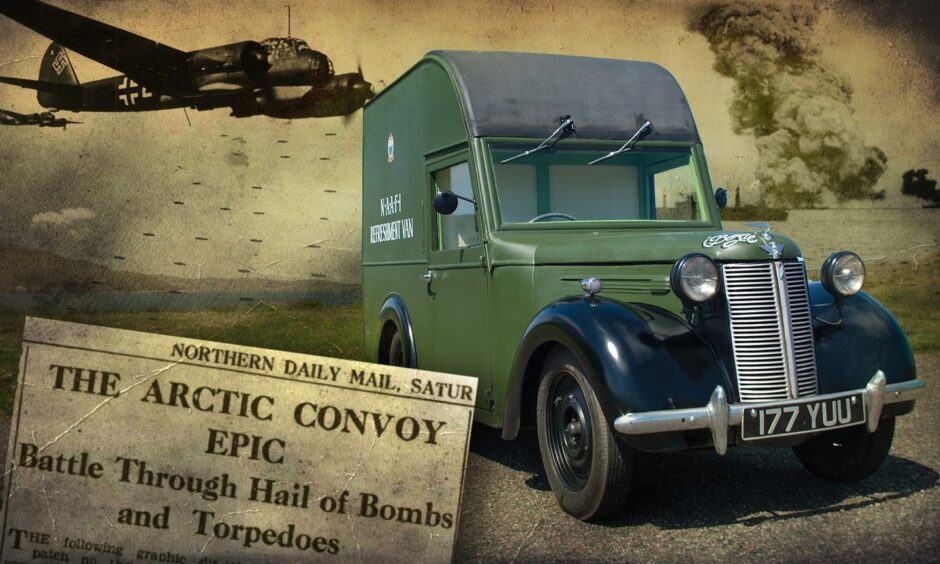
An unusual World War Two veteran is to tour Lewis next week on an important mission.
Bertie the Naafi (Navy, Army and Airforce Institutes) van will be visiting three locations on the island to invite stories from families of Arctic Convoy sailors from the Hebrides during the war.
Bertie is an ambassador for the Russian Arctic Convoy Museum at Aultbea, Wester Ross, and is tasked, at the venerable age of 84, to raise awareness of the museum and its vital work of documenting and preserving the memory of the convoys which sailed from neighbouring Poolewe.
Bertie is one of the last of his kind in the world
Decked out in authentic WWII mid-bronze green, Bertie is believed to be the only World War II era high-top Austin Eight left in the world, a unique survivor of Britain’s wartime history.
He was built in 1939 for war work and spent his time on airfields in East Anglia, where he was a welcome sight for RAF pilots as he supplied tea and rock buns between sorties.
An interesting life on civvie street
He was de-mobbed in 1949, and registered for civilian use, deployed as a travelling draper’s shop in the London area until the mid 1960s.
His unusual high roof allowed plenty of room for hanging ladies’ dresses.
There is some mystery as to what he did before going to the History On Wheels Museum in Windsor, but he remained there for 35 years before being sold to a private owner.
He was later bought by a lady in Cornwall who restored him, and he was then used for some period filming at this time.
Liz Miles of Pool House, Poolewe is honorary secretary of the Russian Arctic Convoy Project.
She brought Bertie north from Cornwall to be a poster boy for the work of the Aultbea museum.
She said: “Bertie is visiting the Isle of Lewis because many of the Arctic Convoy sailors during WWII were from the Hebrides.
“We are hoping that their family members will visit Bertie and give details of their veteran relatives to add to the Russian Arctic Convoy Museum archives and to supplement the Convoys Remembered pages of the museum website. ”
Potential for harrowing memories
The memories passed down to relatives could be quite harrowing, if indeed the convoy veterans ever mustered the will to talk about the horror they endured.
Winston Churchill described the convoys’ route to support the Soviet Union against the invading German forces as ‘the worst journey in the world’.
It was an understatement.
In temperatures of -45 degrees, dropping sometimes to minus 75, the sailors did 15 minute turns on deck chipping away the waves which washed over the ship and froze on contact.
If they didn’t do this, the ship would sink.
Rations were skimpy and cold food only. The uniform was a knitted jumper which you had to supply yourself, and the thinnest imaginable of woollen greatcoats.
If you were blown or thrown into the water, you might survive four to five minutes. But you’d only be rescued within three minutes, because after that time your injuries would be too severe for the ship to cope with, and you’d be too far away from any hospital.
As if conditions on board weren’t bad enough, there was a constant threat of air attack from the Germans.
Journalist’s eye view from cruiser Scylla
In September 1942, an unnamed Reuters correspondent boarded HMS Scylla to observe the Arctic Convoy at first hand.
HMS Scylla incidentally was in the command of Old Deer man, Rear Admiral Sir Robert Lindsay Burnett, and was largely paid for by the people of Aberdeen.
The Reuters man reported breathlessly from the bridge of the Scylla: “We knew a powerful German attack force was lurking in wait.
“Then loud-speakers blare out the words we have been expecting: Large group of enemy aircraft approaching on starboard bow, 42 enemy bombers, each carrying two torpedoes come in a long line, only a few feet above the surface of the water, fanning out as they approach.
The guns roared and rattled
“Battle was joined while the enemy were still many miles from the merchant ships. We heard the roar of big guns from the outer screen of destroyers, followed immediately by the rattle of the multiple pom-poms [naval guns].
“From time to time we hear the crash as torpedoes find their mark.
“Columns of smoke rise up into the low hanging clouds. Bursts of flame spout forth and yells of triumph rise as aeroplane after aeroplane hits the sea and sinks.
“Looking down from the flag deck I could see the Heinkels and Junkers as they roared past the ships and turned sideways to launch their loads, while the merchant ships kept steadily on their course.
Dogfights in the skies
“Hurricanes take off from the flight deck of an aircraft carrier, and soon dogfights are going on above the clouds, below the clouds, in breaks through the clouds or low over the sea.
“The Junkers and Heinkels twist and turn, dive and climb, slip and roll to avoid the relentless pursuit of the naval aircraft.”
The battle raged for hours with more waves of enemy planes incoming.
At the end of it all, Rear Admiral Burnett turned to the journalist and said: “Well Reuter, were you frightened?”
“I replied ‘Yes, very sometimes.’ ‘So was I,’ he said, ‘very. And any man who says he was not is a BF.’
“Before he left, R A Burnett said to me, Reuter, don’t forget the aircraft carrier, those lads were magnificent. Never have I seen such courage and daring.’ ”
Where and when will Bertie be stopping on his tour of Lewis?
Bertie the Naafi van hopes descendants of the magnificent men who served on the Arctic Convoy will have their own tales to share during his trip to the island of Lewis.
He’ll be visiting Kinloch Historical Society at Balallan Hub on Wednesday, August 23 between 10 am and 4 pm; Comunn Eachdraidh Nis on Thursday, August 24, and at Lews Castle Grounds on Friday and Saturday, August 25 and 26.
More like this:
When the people of Aberdeen stumped up £188 million to pay for a warship in WW2
Alistair MacLean: Meet the Gaelic-speaking Highlander whose Arctic heroics fuelled his books
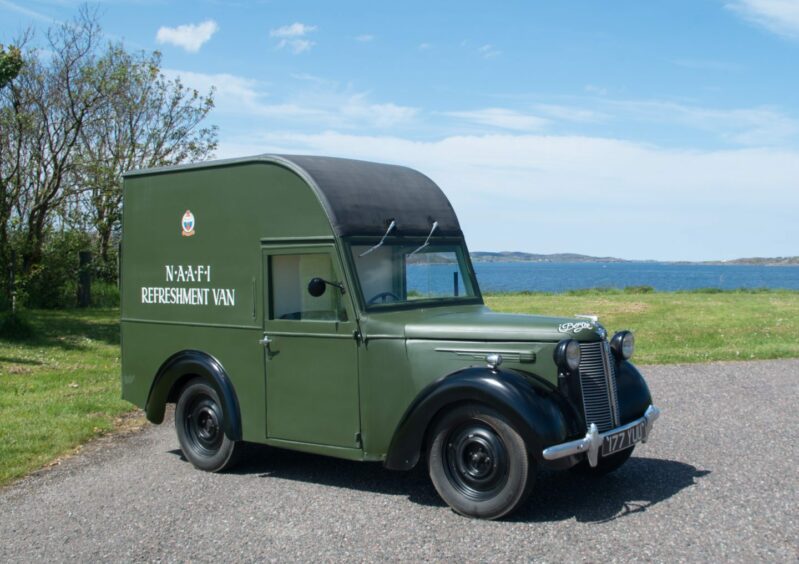
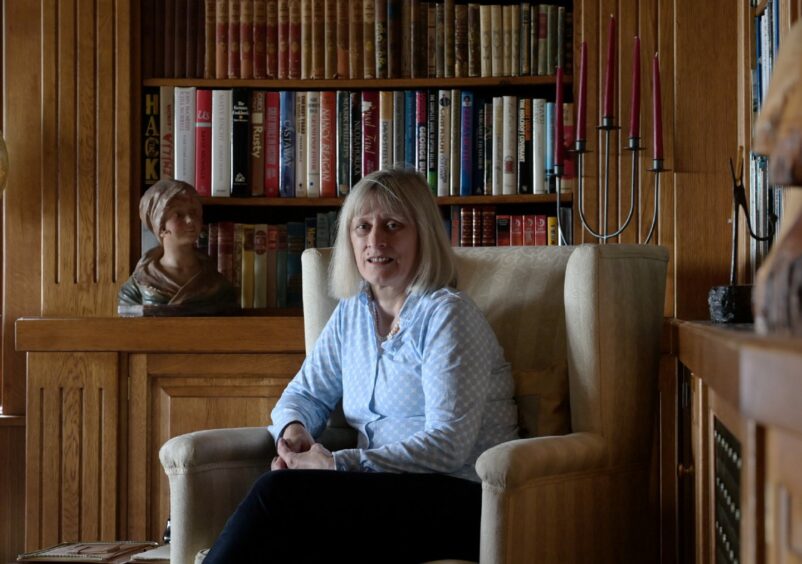
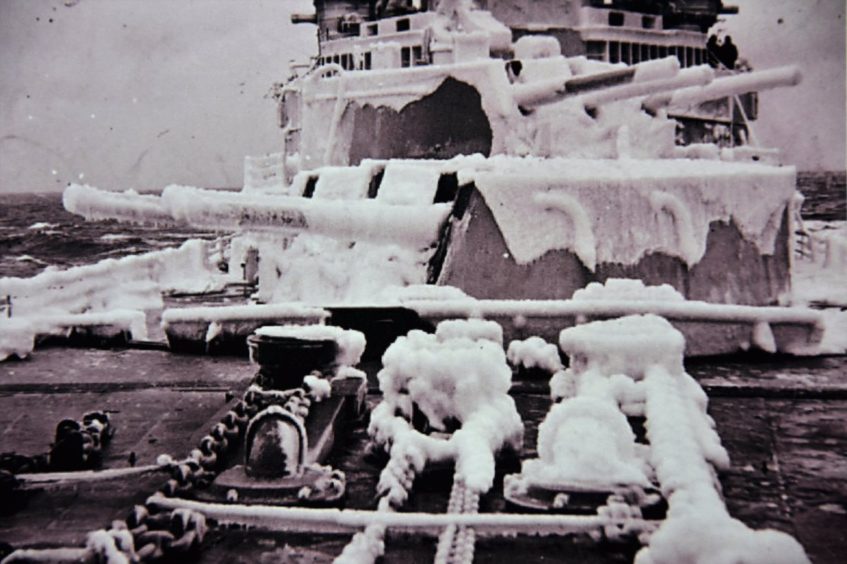
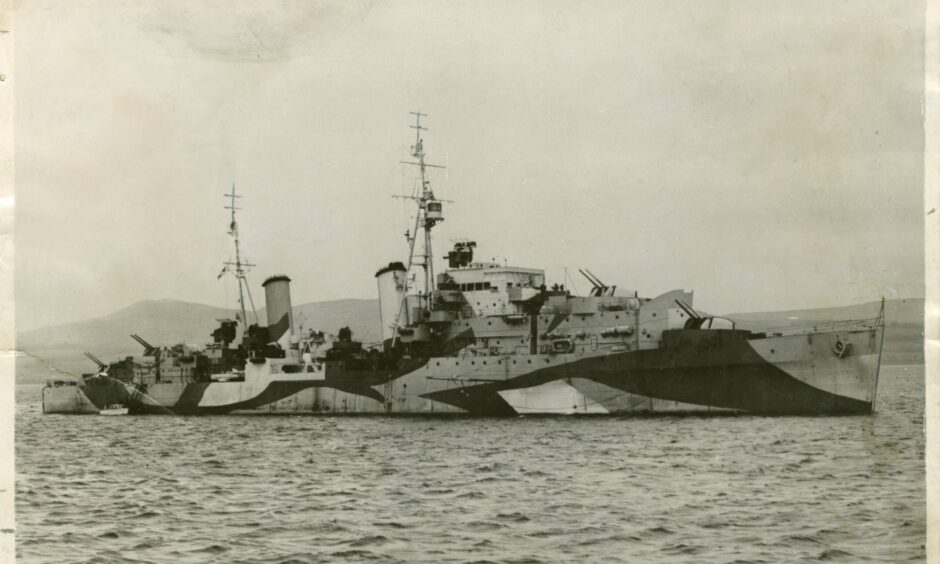
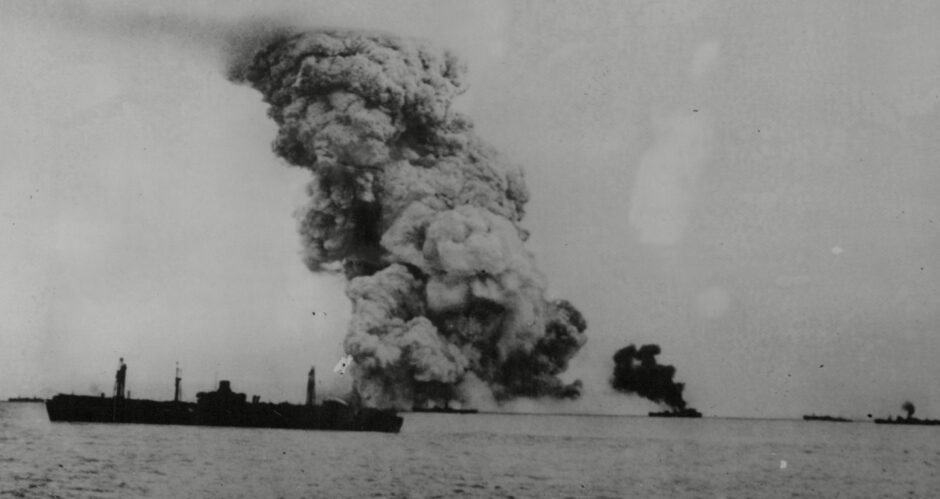












Conversation